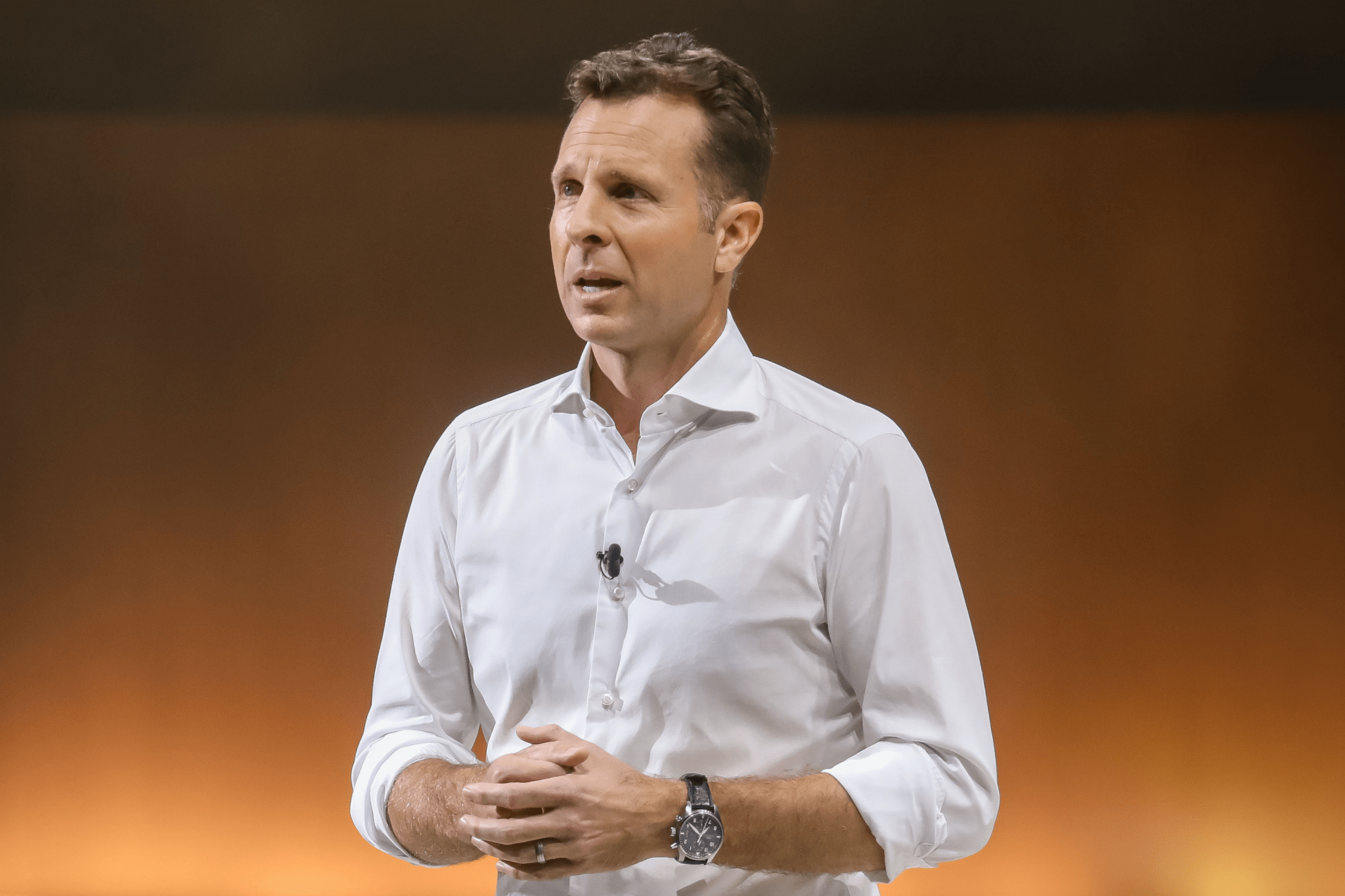CHENGDU, CHINA – OCTOBER 18: People walk past the Louis Vuitton store at Taikoo Li, a high-end shopping area that combines traditional Sichuan-style architecture with modern luxury retail, on October 18, 2025, in Chengdu, China.
Cheng Xin | Getty Images News | Getty Images
China’s slowdown worsened in October, dragged by soft consumer demand and a deepening property downturn, with the long holiday period further denting factory activity.
Fixed-asset investment, which includes real estate, contracted 1.7% for the first ten months of the year, steepening from a 0.5% decline in the January-to-September period, data from the National Bureau of Statistics showed Friday. Analysts polled by Reuters had forecast a 0.8% drop.
The last time China recorded a contraction in fixed-asset investment was in 2020 during the pandemic, according to data going back to 1992 from Wind Information, a private database focused on the country.
On a single-month basis, fixed-asset investment fell 11.4% from a year earlier, the weakest reading since early 2020 when the first Covid lockdowns hit, according to Goldman Sachs’ estimates. The bank attributed the drop to Beijing’s efforts in reining in industrial overcapacity and the housing downturn.
Within that segment, property investment continued to decline, shrinking 14.7% in the year through October, compared with a 13.9% contraction in the first nine months.
Manufacturing investment rose 2.7% and utilities spending, which includes electricity, fuel and water supplies, climbed 12.5%.
Industrial output expanded 4.9% in October, slowing from a 6.5% the prior month and missing expectations for a 5.5% jump.
China’s manufacturing activity contracted more than expected in October, falling to the lowest level in six months, as a weeklong holiday that ran from Oct. 1 to Oct. 8 shuttered most factories across the country.
Retail sales climbed 2.9% in October from a year earlier. While beating the 2.8% growth forecast in a Reuters poll, the consumption gauge fell for a fifth straight month to its lowest level this year, according to LSEG data.
The survey-based urban unemployment rate ticked down to 5.1% last month from 5.2% in September.
The sharp drop in fixed-asset investment was largely dragged down by lackluster investment in the property sector and infrastructure, according to Zhiwei Zhang, president and chief economist at Pinpoint Asset Management.
Manufacturing investment has seen “modest and uneven growth,” with state-owned enterprises increasing spending on infrastructure, such as electricity, heat and gas supply, while foreign investment contracted sharply, Yuhan Zhang, principal economist of the Conference Board’s China Center, said in a note.
“We will continue to see policy-directed investment in infrastructure, advanced manufacturing, and industrial upgrading,” he added.
In a sign of persistently weak demand in the beleaguered housing sector, separate official data released on Friday showed China’s new home prices dipped 0.5% in October from the previous month, the steepest month-on-month decline since October last year. Home prices fell 2.2% in October on an annual basis.
Consumer prices rose 0.2% from a year earlier in October, the strongest inflation reading since January this year and the first positive growth since June, according to LSEG data.
The core CPI, which strips out food and energy, rose 1.2% from a year earlier, the highest since February 2024, according to data provider Wind Information.
China’s exports in October unexpectedly contracted for the first time in nearly two years as tensions with Washington over trade escalated before a deal was reached at the month’s end.
U.S. President Donald Trump and Chinese leader Xi Jinping agreed last month to trim their tit-for-tat tariffs and suspend a raft of restrictive measures for one year.
Economists widely expect the as businesses’ front-loading activity tapers off, and global demand may not fully offset a deepening decline in U.S.-bound shipments, putting Beijing under greater pressure to stimulate domestic demand.
“I don’t expect stimulus to happen in the rest of this year,” said Zhang, noting the economy appears to remain on track to achieve its 5% growth target, although fiscal policy may turn more supportive at the start of next year.
China’s economic growth slowed to 4.8% in the third quarter, following expansions of 5.2% in the second quarter and 5.4% in the first quarter.
Credit: Source link













